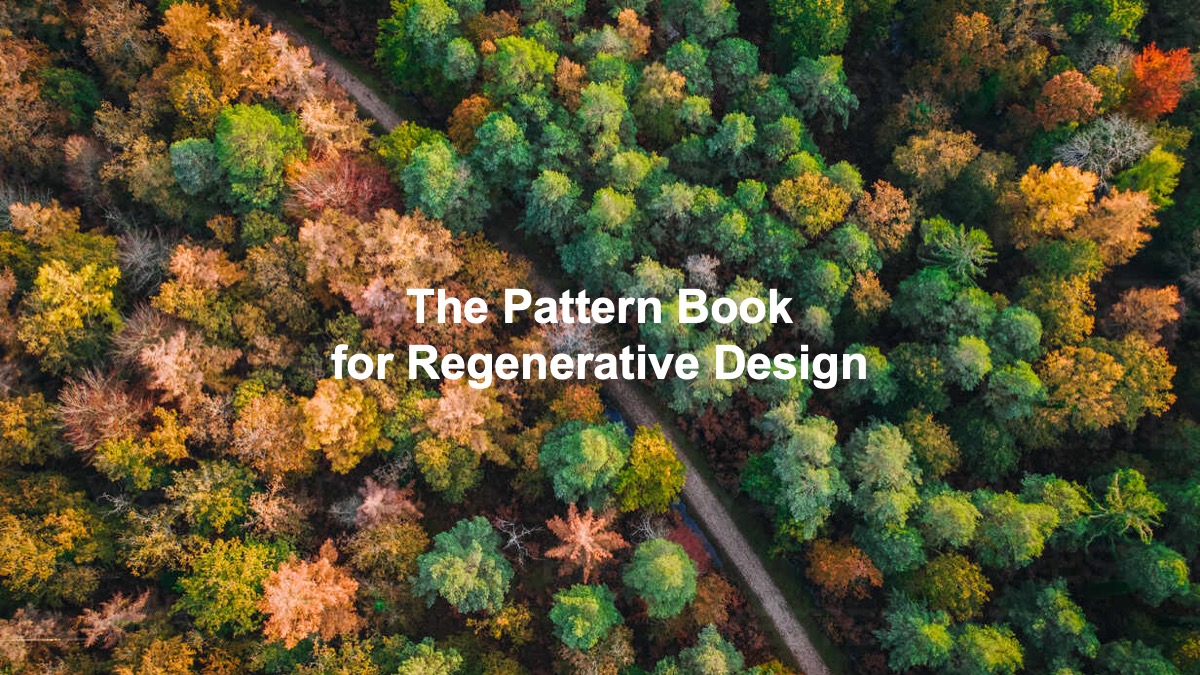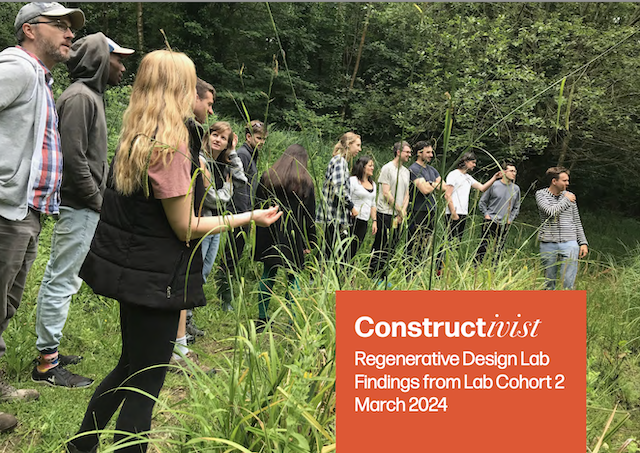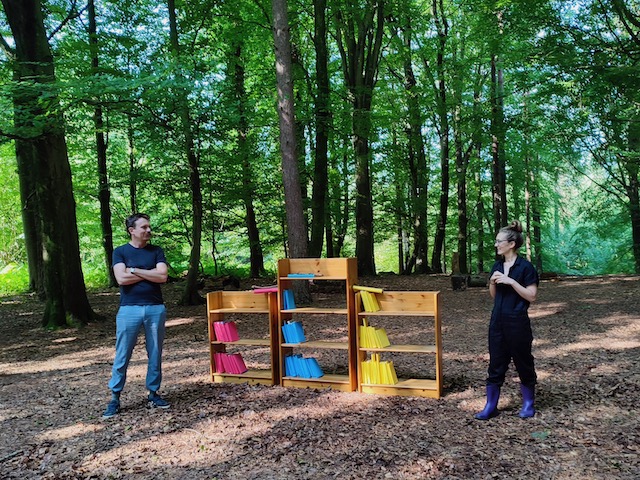In this sequence of posts I’m collecting questions that can help me build a regenerative design palette. In regenerative design we use the living world as a design guide. This goes beyond mimicking living forms — beyond biomimicry — to understanding how underlying systems work, the processes that give rise to form and that enable living systems to thrive in balance.
Next on my list: how is information stored in this system?
We often think of information as facts or data — something that can be written down or recorded. The invention of computer memory, which stores information in sequences of ones and zeros, exerts a powerful influence of cultural understanding of what information is.
But the Oxford English Dictionary entry for information includes other definitions that can broaden our understanding and what we look for in living systems. Information can also be what is expressed or represented by a particular arrangement or sequence of things.
DNA is perhaps the living world’s most impressive information code, with a base of four rather than our binary two. But this is only the starting point for thinking about natural memory.
Tree rings store the story of rainfall and prevailing wind. Wider rings correlate with wetter years; asymmetric ones show the dominant direction of wind. And at a larger scale still, information sequences are also expressed in the shape of the hills, storing information through their form about the sequence of geological events over hundreds of thousands of years.
At the Regenerative Design Lab, Bill Sharpe offered a beautiful way to think about this. In any system with flow, there are structures that shape the movement — like a river’s banks. But the flow is also shaping the structure — the water gradually re-sculpting the path of the river.
I think of the river as a stylus. The banks are the groove of an LP. Together they play the song of the river. A record of what has been played before — one that is updated with every performance.
Our ecosystems are a rich record library of everything that has happened in a place. What happens, what used to happen, what no longer happens, what could happen again.
Information in genetic bases, in strata, in layers of growth, in physical form, in ways we are only beginning to notice, and I’m sure in many more that we haven’t.






